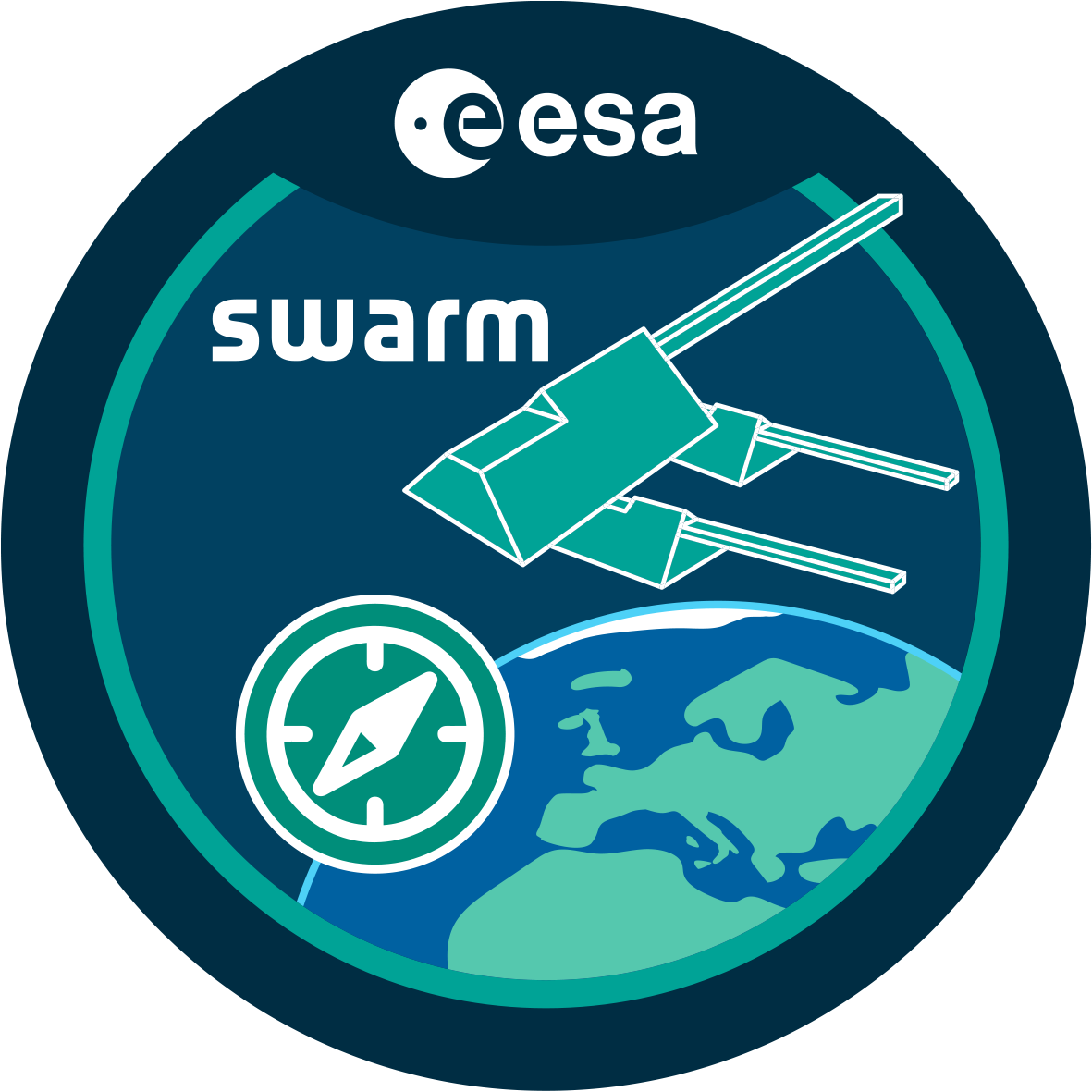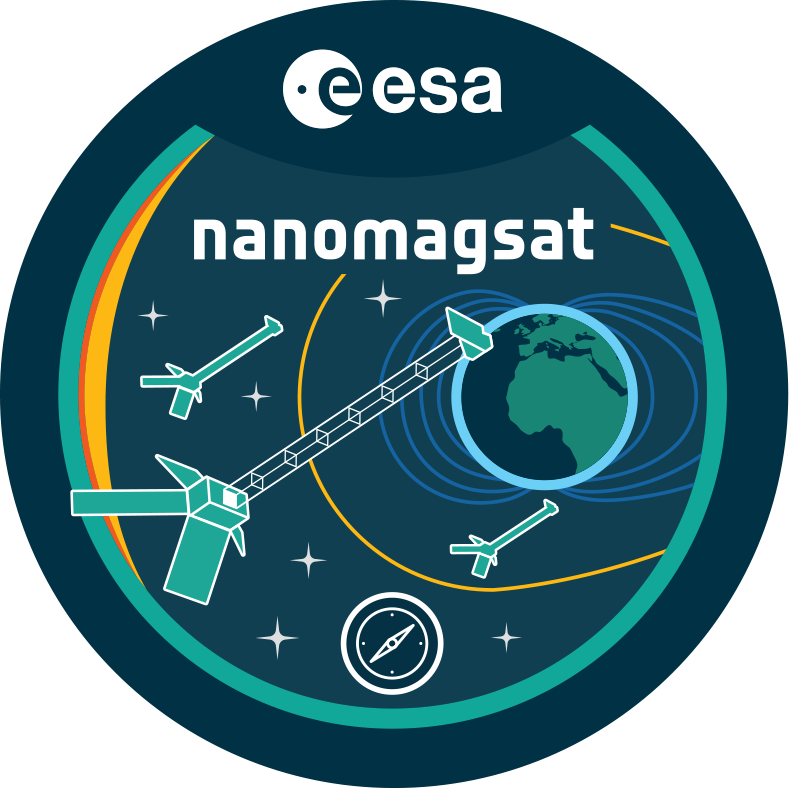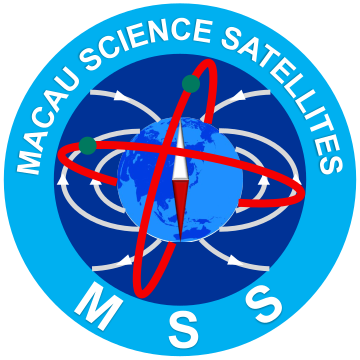Low Earth Orbit
A summary of near-Earth spacecraft carrying high quality magnetometers. For more info, see e.g. Olsen & Stolle, 2012. The focus here is on satellites in Low Earth Orbit (LEO) that produced data suitable for geomagnetic field modelling, though these satellites typically also carry instruments that measure the electric field and plasma environment.
| Mission name | Years | Description | Data access |
|---|---|---|---|
| POGO | 1965-1971 | [NASA] “Polar Orbiting Geophysical Observatories” (OGO-2,4,6) | DTU |
| Magsat | 1979-1980 | [NASA] First “high accuracy” vector magnetometry in space | DTU, NASA |
| Ørsted | 1999-2014 | Led by what is now DTU Space | DTU |
| CHAMP | 2000-2010 | Led by GFZ & DLR | GFZ, VirES |
| SAC-C | 2001-2004 | Led by CONAE & NASA | DTU |
| Swarm | 2013-… | ESA Earth Explorer constellation | ESA / VirES |
| CSES | 2018-… | China Seismo-Electromagnetic Satellites (CSES-01/ZH-01, CSES-2/ZH-02) | Leos / MEM |
| MSS | 2023-… | Macau Science Satellites (MSS-1A; MSS-2A, MSS-2B) | MSS Data Centre |
| NMS | 2027-… | NanoMagsat ESA Scout Mission - three cubesats implemented by Open Cosmos & IPGP | nanomagsat.eu |
| MagQuest | ?? | Competition with three cubesat solutions |
Swarm
Schematic of a Swarm spacecraft (view in 3D):
 Image credit: ESA
Image credit: ESA
The Swarm mission creates many data products and models - explore more in the Swarm product handbook.
NB: Three Swarm spacecraft are also joined by calibrated platform magnetometer data from other missions: CryoSat, GRACE, GRACE-FO, Aeolus. For data access see, for example, “Multi-mission MAG” notebook.
Multi-mission synergy



Swarm, NMS, and MMS are working closely together. Joint meetings are announced on the Swarm DISC website.